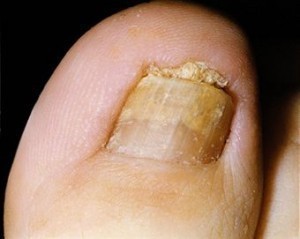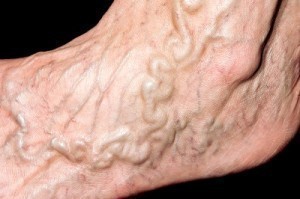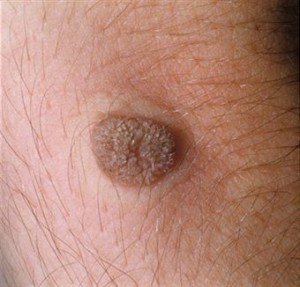Treatment for Toenail Fungus
This infection occurs when a fungi gets to your toenail or fingernail. It starts as a yellowish or whitish spot below the toenail. It leads to nail discoloration and can be painful. The following are the toenail fungus treatments available.
Oral Antifungal Medication
There are many kinds, but two of the most effective are itraconazole (Sporanox) and terbinafine (Lamisil). These and other medications like it will replace the nail infected by the fungus. These medications are taken anywhere from six weeks to three months.
Sometimes it may take four months or longer to totally eradicate infection.
Oral medication is also given to patients who have diabetes or history of cellulitis. These medications are also given if the infection is causing pain.
Antifungal drugs may cause side effects like rashes. People with heart disease or liver problems may be at risk if these are taken. Inform the doctor if you are taking other medications.
Topical Medications
These are often used in conjunction with over the counter creams. These may be taken with oral medications. If you have an infection as well as athlete’s foot, use topical medication with the athlete’s foot medication. Always keep your feet dry and clean.
Antifungal Lacquer
This is for mild cases only. Your doctor may recommend using ciclopirox (Penlac), an antifungal nail polish. This is applied on the infected area once a day. It is wiped away after a week and new ones are applied. It may take a year for this toenail fungus treatment to completely clear the infection.
Surgery
Surgery is necessary only if the nail is very painful or the infection is serious. A new nail will appear, but it will take a year for it to grow. In photodynamic therapy, the nail is irradiated by laser after being subjected to acid.
Symptoms of Toenail Fungus
The nail thickens and is rugged or brittle. The nail assumes a dull color or gets out of shape. A dark color may appear on the nail. In some cases, the infected nail gets detached from the nail bed (onycholysis).
There may be pain in the toes as well as a faint unpleasant smell. See your doctor the moment you see the yellowish or whitish spot at the nail tip.
Causes
This infection is caused by a fungus belonging to the dermatophytes group. Other possible causes of the toenail infection are molds. These organisms thrive in moist and warm places like pools. These go through the body via tiny skin cuts or separation between the nail bed and nail.
Toenail infections are more common because toes are frequently placed in shoes. These are dark, moist and warm places, ideal for fungus growth.
Another possible reason why it occurs more frequently in the toes is the blood circulation. It is diminished compared to those in the fingernails. This makes it harder for the immune system of the body to sense and eliminate the fungus.
Without the proper toenail fungus treatment, the infection will spread. But being patient and taking the medication prescribed by your doctor will get rid of this unsightly and oftentimes painful condition.






